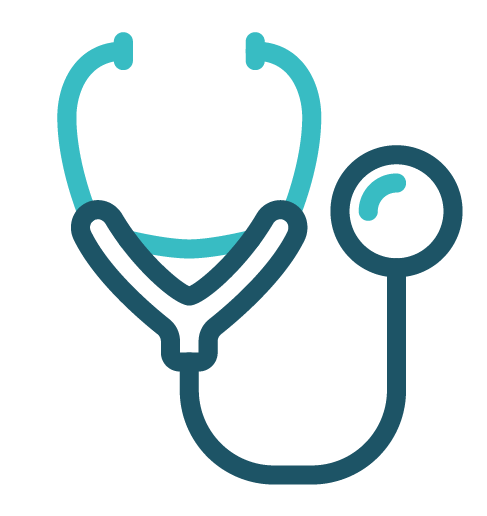Information technology is often seen as a cost center, but that perception—and reality—is changing, especially in healthcare. According to consulting firm McKinsey & Co. technology and services is the fastest growing profit pool in healthcare. That’s important since healthcare as an industry is under attack and facing serious challenges.
Today, there are more than 65 million Americans over the age of 65 – more than 11 percent of the total population, according to Deloitte’s 2018 Global Healthcare Outlook. When those people are sick, healthcare providers are being asked by insurance companies and government agencies to keep them out of the hospital and, if they are admitted, expedite their discharge. In fact, one of the top issues for healthcare providers, according to the report, is “creating a positive margin in an uncertain and changing health economy.” Thankfully, those same payors are also asking providers to improve “efficiency without compromising care quality.”
And that’s where technology comes in. Home healthcare agencies are using technology not only to empower patients but also to deal with internal challenges that include regulations and rules that – while designed to improve patient care – require a processes overhaul.
“Technology is primarily helping with better patient care, which drives better outcomes and lower costs,” agrees Seema Mathur, director of strategy for healthcare research firm Sage Growth Partners.
Making Technology Count
Baton Rouge-based Amedisys can attest to this. The agency, which cares for more than 369,000 patients each year, is using technology to help implement the Centers for Medicare and Medicaid Services (CMS) Conditions of Participation (CoP) rule.
The agency started by providing Samsung tablets to all of its clinicians, which are used for online training and reporting via Homecare Homebase and to access Forcura’s Scan Capture. The combination has not only allowed Amedisys care providers to reduce the number of errors in CoP reporting, it improved patient care.
“There has definitely been an increase in communication between our visiting clinicians and the primary caregivers,” explains Caroline Conwell, director of Business Transformation at Amedisys. It’s helping nurses have better and more frequent conversations with physicians, making them more aware of care plans. This reduced re-hospitalization, too.
Kim Bradley, the Nurse Executive and Director of Clinical Services at Sentara says technology is also helping with care provider training and education. The home health, hospice, and Infusion services used a combination of online training, webinars, and videos to educate its healthcare providers about the CoPs. Most important, though, technology gives the agency a way to prove it is meeting the CoP guidelines and doing what its supposed to be doing while reducing the amount of paper that moves from the patient’s home to the agency office to outside caregivers, explains Bradley.
“Paper is hard to chase. It burdens the clinicians with tasks that are not aimed at top-of-license. Now we have clinicians obtaining all consents and signatures – and they still have paper – but they can take a photo and move on. It creates huge efficiencies where we can attach documentation right to the EMR[electronic medical record.] We can even take a photo of a wound now and share it with the physician in a secure manner – something we couldn’t do without technology, she says.
Technology is even helping agencies that also offer hospice services like Sentara. Caregivers are able to share advanced directives with clinicians, which was very difficult in the past. “Directives are multiple pages long and families don’t want anyone to take them outside the home, but technology makes it possible,” says Bradley.
Indeed, it’s the communication aspect that’s one of the most appealing options for Conwell from Amedisys. The CoPs require communication and information disclosure to caregivers and physicians, but – at least until recently – CMS hadn’t released guidelines regarding how often or even how the information should go out.
“One of our biggest struggles has been sending information out in a timely manner,” explains Conwell. “We must be in continued communication with the primary caregiver and there is information we must ask the patient at every single visit.” Now, says Conwell, the data can be collected electronically so it can be analyzed, shared, and stored instantly.
Sage Growth Partners’ Mathur says that without communication and collaboration technology, it would be very difficult to meet the CoPs. “The documentation process is very cumbersome. There are a lot of required assessments that drive clinical decisions and financial reimbursement. Meanwhile, there are a lot of shifting resources attending to the same patient.”
Technology is only going to get more important as the industry continues to skyrocket. For instance, there’s currently a tidal wave of growth in the home healthcare market, according to an April 2018 Zion Market Research report that found that the global home healthcare market hit $228.9 billion in 2015. That revenue number that will top $391.41 billion by 2021 – a compound annual growth rate of nearly 10 percent between 2016 and 2021. All of those agencies are going to need technology to keep patients safe, payors and regulators satisfied, and employees happy.
Explains Mathur: “Without technology, home healthcare would be disjointed.”
Annie Erstling leads strategy and marketing for Forcura. She has experience launching new brands, products and companies in the healthcare, technology, hospitality and consumer products industries on both the corporate and agency side of marketing. Connect with Annie on LinkedIn.







